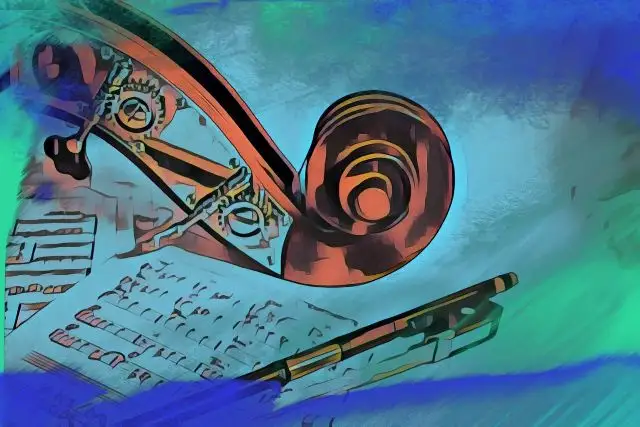Music theory is a strange old world, sometimes devoid of the emotional resonance that drives us to music in the first place.
But there's power in knowledge, and today we're looking at the most influential scale degree - the supertonic.
We'll look at what the supertonic actually is, why it's a no-brainer to use, and how to slide it into your own masterpieces.
Ready? Let's start at (almost) the very beginning...
What Is The Supertonic?
Every major or minor scale has scale degrees, each named after their harmonic function. The two most important of these are the tonic and the dominant, the first and fifth tones respectively.
The supertonic is the second degree, or note, of a scale, one whole step above the tonic. It's not as important as the tonic or the dominant, but it is hugely influential due to its proximity to harmonically stable notes.
So What Are The Other Scale Degrees?
In ascending order:
1 - Tonic
2 - Supertonic
3 - Mediant
4 - Subdominant
5 - Dominant
6 - Submediant
7 - Leading tone
In a minor scale these notes will be slightly different, and things get messy around the 7th degree of the scale. That's a story for another post. The important thing for this article is that supertonic will still be a D.
The schmancy names may seem overly-complicated, but in fact each scale degree name reflects its relationship in context with the two most important tones of the scale: the tonic and the dominant.
As a side note, don't stress about learning all the 'proper' names for the scale degrees. Simply knowing how they function will boost your writing process.
Benefits Of Using the Supertonic
One of the key benefits of using the supertonic in your writing, and what makes it an important scale degree, is that it's happy to hang out regardless of the harmonic terrain you're in.
Put another way, the supertonic will work as a melody note over all chords within the scale structure.
It's also a useful note harmonically since you can add it to chords without creating a huge mess.
How To Use The Supertonic
Melody
Because the supertonic is in the middle of the tonic and mediant degrees of the scale it's a super-useful note to use when writing a melodic line. It resolves easily to either one, creating just the right amount of tension, without being overly dramatic.
It's hugely prevalent in pop at the moment (mainly thanks to the Weeknd). Check out this hugely entertaining video by Andrew Huang to see an example of just how much the supertonic is used nowadays.
Harmony
On it's own the supertonic chord will lead naturally to the dominant chord, which in turn leads to the tonic. This gives us the classic ii-V-I chord progression so universal in jazz .
In a minor key the supertonic chord will be different depending on the type of minor scale being used (yes, there is more than one!). But it still functions in the same way, albeit more poignantly.
Because of their close relationship the supertonic chord can also work as a substitute for the subdominant chord.
Chord Extensions
Adding the supertonic as an extension to any chord within a given key can work well in most cases.
Fun Facts About The Supertonic
- According to Meriam-Webster, the term 'Supertonic' as we're using it here was first used in 1806.
- The term Supertonic derives its name from the Latin super - meaning 'above' or 'over. Essentially, it translates to 'what comes after the tonic' .
- 'Supertonic' is also the name of a remix album of classic hits by songstress Diana Ross.
- In liquid form, SuperTonic blends fresh onion, garlic, ginger root, horseradish, and habanero pepper to create a herbal remedy with purported health benefits.
Conclusion
So now you know just how super the supertonic is. Practice using it in your writing to add some sugar and cream to your sound.





